Rain to Rubbish
Source: Stu News Newport – https://stunewsnewport.com/index.php/2-uncategorised/14903-guest-column-hon-robyn-gran-041823
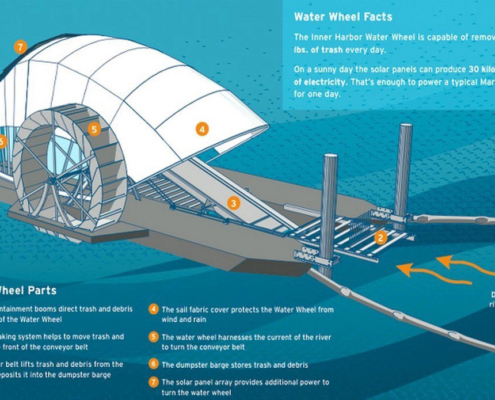
A close-up example of the trash interceptor
March showers have given way to April flowers. The recent storms left in their wake perfect conditions throughout Southern California for thriving vegetation – a super bloom resulting in lush landscapes carpeted with abundant wildflowers.
The storms also replenished many of our major water supply reservoirs and significantly refilled our groundwater basin, resulting in higher-than-average levels compared to many years when these resources remained in limited supply indefinitely.
These same storms have another, less favorable effect on our community, as Newport Beach is at the end of the water “pipe” when it comes to trash and debris flow. Much of the trash deposited on our local beaches and in our bay originates inland. It is transported here during rain events through storm drains, flood control channels, and rivers and creeks. The result, a significant increase in trash and debris hurtling downstream and depositing in our midst. This includes pollutants like fertilizers, pesticides, chemicals, animal and human waste, and oil and car debris, as well as common trash.
The city takes the impact of this trash very seriously. Street sweeping covers 36,000 miles a year keeping debris from reaching our waterways. Maintenance crews clear close to 800 tons of material from our beaches each year. A “debris boom” in Upper Newport Bay collects an additional 80 tons a year. The Harbor Department pitches in to clear floating debris after storm events. Other measures include storm drain and catch basin capture devices and marina trash skimmers deployed throughout the bay.
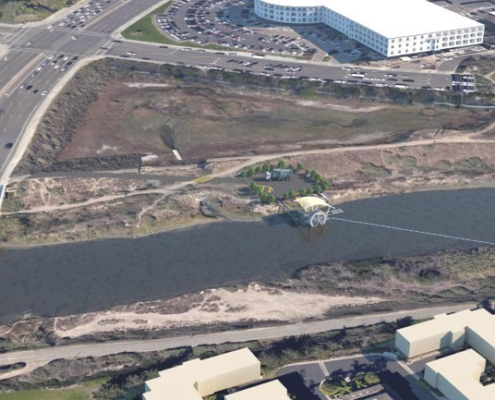
Conceptual photo showing trash interceptor positioned in San Diego Creek just above entry into the Back Bay
Another project in the works: The city is planning to install a water wheel trash interceptor 800 feet upstream from Upper Newport Bay. The 17-foot-tall wheel on a 70-square-foot barge (picture a conch shell crossed with a steamboat) will be permanently docked to intercept up to 80% of the trash flowing from inland Orange County before it can hit Newport Harbor and the open ocean.
In addition to city efforts, there are steps each of us can take to be mindful of our beautiful coastline:
– Place all waste in the appropriate containers, whether organic, recyclable, or regular trash.
– Pick up after pets. Animal waste can carry disease and parasites harmful to marine life as well as contaminate swimming areas with bacteria.
– Use environmentally friendly products inside and outside the home. Non-organic insect and rodent pesticides and fertilizers can enter and harm ocean and bay environments and wildlife.
– Practice good automotive maintenance. Use biodegradable and phosphate-free car washing products. Repair leaks and contain oil drippings for proper disposal.
– Eliminate single-use items like straws and carry-away food containers.
– Consciously reduce the amount of waste you create by reusing, repurposing, and recycling.
The good news is that more and more people are ready to work together to keep our city, beaches and bay in good shape. It’s easy to make a positive impact – get educated on waterwise environmental practices, implement safe household routines and volunteer for one of the many community beach cleanups that occur throughout the year.
Link: https://stunewsnewport.com/index.php/2-uncategorised/14903-guest-column-hon-robyn-gran-041823
Share this entry
Join Nancy Gardner as she chats with former Harbor Commission Chair Bill Kenney and Senior Civil Engineer John Kappeler about the upcoming Newport Beach water wheel project.
The Balboa Island Ferry, one of our most iconic Newport Beach tourism experiences, could be no more.
If that sounds dramatic, it is. I can’t imagine our city without the ferry, but unless something is done, this treasured piece of our city could be gone in less than two years.
Thousands of locals and visitors use the ferry every year and it’s a vital part of our culture and history. It is part of what makes us Newport Beach, and in my mind, it is as important as our beaches. But all of that is now threatened and could be lost.
More than 70 boats competed in the 87th Annual Flight of Newport Beach, presented by the Commodores Club of the Newport Beach Chamber of Commerce with assistance from the Balboa Yacht Club.
Initially known as the Flight of the Snowbirds and later the Flight of the Lasers, the Flight of Newport had three different classes of boats racing to circumvent Newport Harbor.


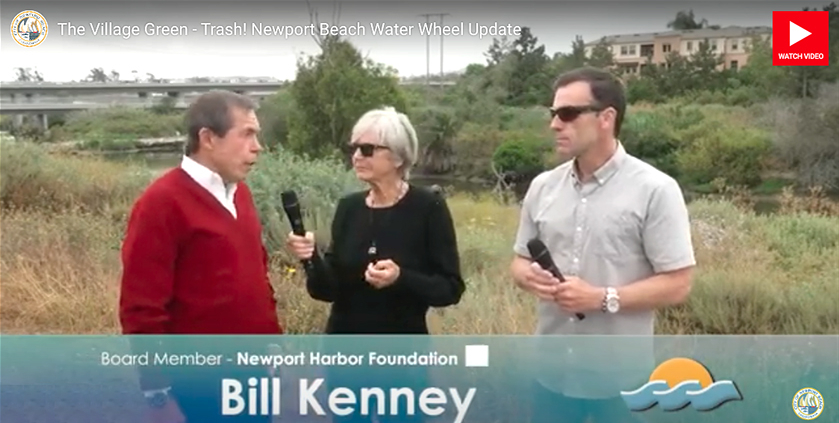
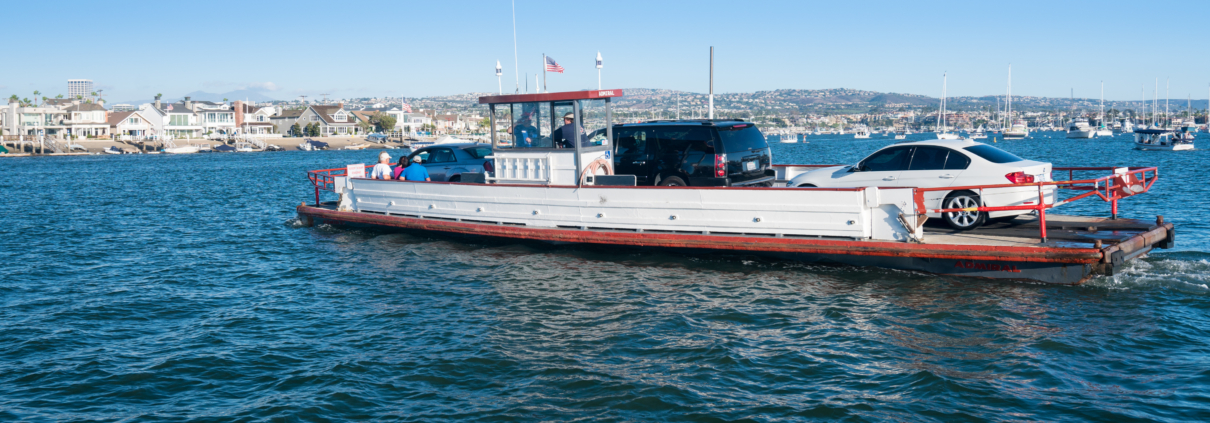
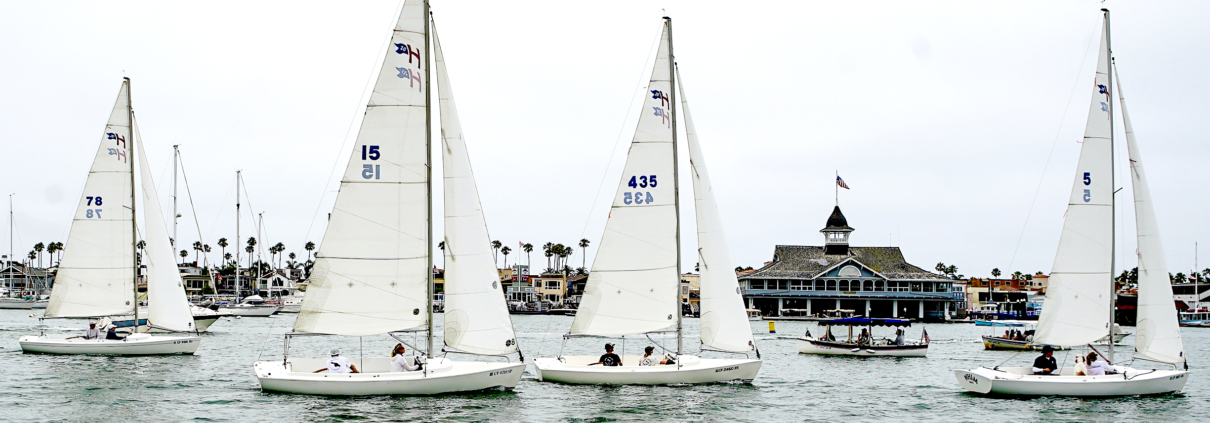
Leave a Reply
Want to join the discussion?Feel free to contribute!